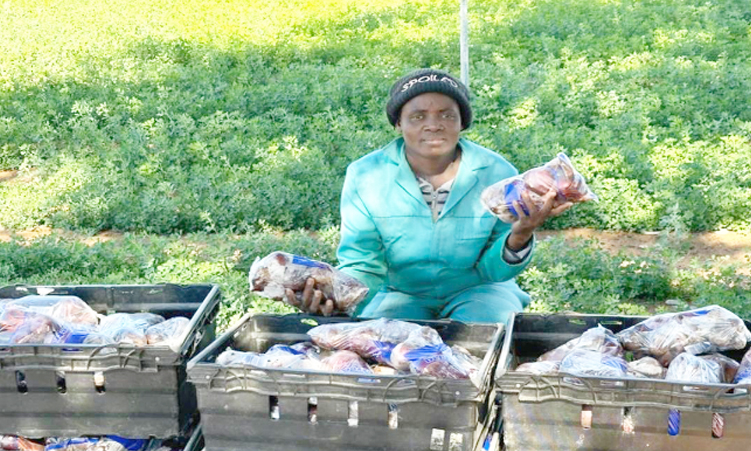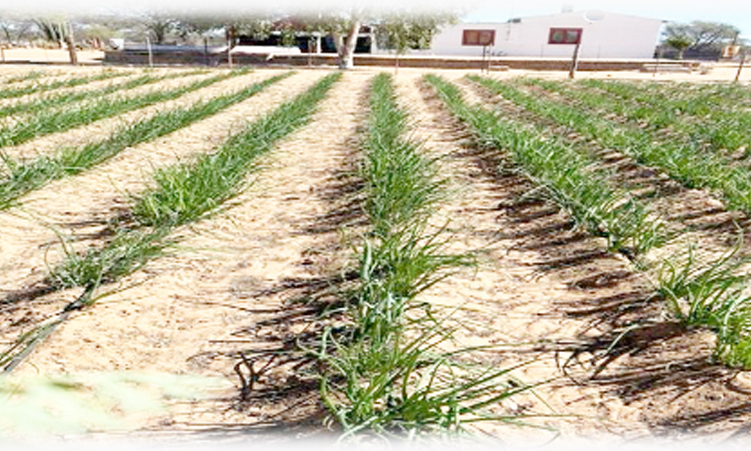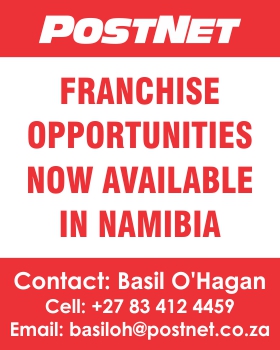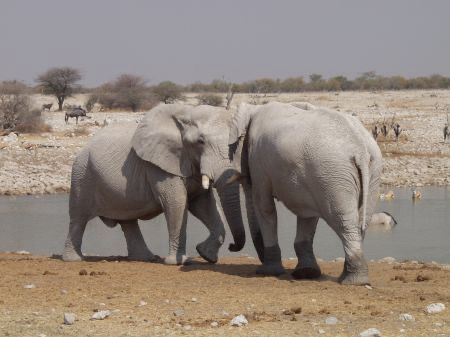Namibia’s land resettlement programme has transformed the lives of many, offering new opportunities to those who previously struggled to access land. For families like the Karipi’s, this journey has been one of transformation, challenges and hope.
We, Edwig and Teofe Karipi, are among the many Namibians who grew up facing the hardships of subsistence farming, with limited access to land for crops and livestock. In 2015, our lives changed profoundly when we were allocated a piece of land through Namibia’s land reform and resettlement programme. Our farm, Strydpan A, is located in the Okorukambe constituency of the Omaheke region. After years of persistent applications since 2011, receiving the allotment letter was a dream come true and one of the happiest moments of our lives.
The resettlement programme, aimed at redistributing land to historically disadvantaged communities, granted us access to a 2 100-hectare farm. However, this new chapter came with its own set of challenges. Managing a large-scale agricultural enterprise was a completely new experience for us. Despite having an agricultural qualification, we quickly realised that resettlement is not just about receiving land – it is about effectively farming and managing it.

While the government provides basic support in the form of grants for resettled farmers, the challenges we faced went beyond what this support could address. Renovating and maintaining infrastructure, dealing with high input and labour costs, and navigating the complexities of commercial farming were just some of the obstacles we encountered in the beginning.
To ensure sustainability and minimise risks, we adopted a mixed farming approach. We started with beef cattle, goats, sheep, broiler chickens and pig farming. Over time, we expanded to include egg production, horticulture and biomass production. This diversified approach allowed us to create a sustainable cycle: vegetables feed the pigs, animal manure
fertilises crops and legume crops like lucerne improve soil fertility and feed livestock. Today, Farm Strydpan is renowned for producing a variety of products, including wood, eggs, pork, vegetables and beef.
Our farm currently employs between three and six people, on either permanent contracts or on a casual basis depending on production requirements. We market our products as farm-fresh and supply local communities, generating income to sustain operations and achieve profitability.
Despite the progress we have made, challenges remain an inherent part of farming. Limited access to reliable water sources, unpredictable weather patterns and the high cost of inputs continue to affect our productivity. The greatest challenge, however, remains access to markets. While we were inspired by the OSTORA concept proposed by the Namibia Investment Promotion and Development Board as a strategy to build a sustainable retail economy for Namibian products, its potential benefits are yet to materialise.
Additionally, the Namibian Agronomic Board appears to prioritise large-scale producers, leaving small-scale farmers like us with limited options, like street vending. Even this avenue is heavily restricted by municipal regulations, adding to our difficulties.
There is still much to be done. We need more support, especially in terms of infrastructure and access to markets. But we remain hopeful.
Through resilience and adaptability, we have turned Farm Strydpan into a symbol of transformation and success. Our journey as resettled farmers continues, fuelled by determination and the hope of an even brighter future.
– Edwig and Teofe Karipi are resettled farmers at Farm Strydpan No. 89 A, Omaheke region
Stay informed with The Namibian – your source for credible journalism. Get in-depth reporting and opinions for
only N$85 a month. Invest in journalism, invest in democracy –
Subscribe Now!










